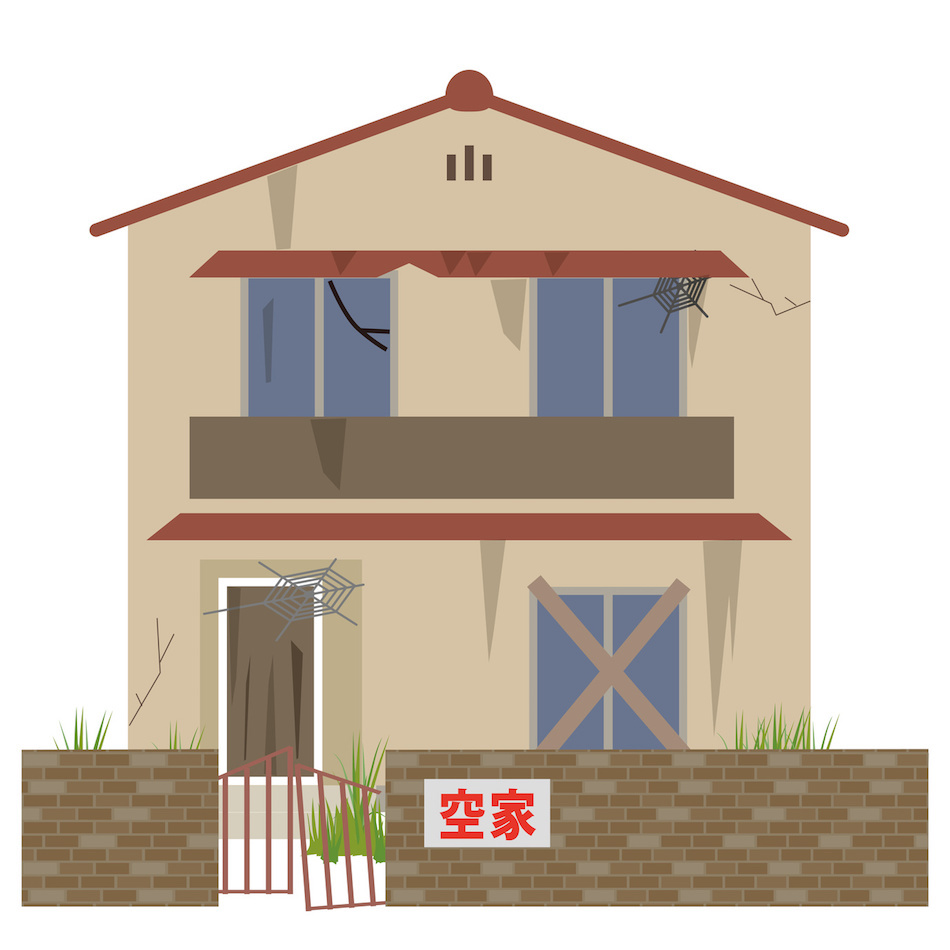Red Flags to Look For When Buying a House
Posted by Justin Havre on Thursday, July 12th, 2018 at 12:49pm.
 Most home buyers who decide to purchase a home will get a property inspection to ensure that the house meets their needs. However, home inspections can be costly (around $450), so recognizing the signs of trouble without the help of an inspection can help a home buyer determine whether or not it's worth proceeding with an offer.
Most home buyers who decide to purchase a home will get a property inspection to ensure that the house meets their needs. However, home inspections can be costly (around $450), so recognizing the signs of trouble without the help of an inspection can help a home buyer determine whether or not it's worth proceeding with an offer.
Signs of Foundation Trouble
Foundation troubles are rare, but when they do occur, repairs can cost thousands. If you're wondering how to tell if a house has foundation problems, use the following list. Some of the most clear signs of foundation problems include:
- Doors or windows that are jammed open or closed.
- Stair stepping cracks in the foundation.
- Large, wide cracks in the walls of the house, particularly at the corners of windows and doors.
- Uneven floors or cracks in concrete or tiled floors.
- Chipped, flaking concrete in the foundation.
- Bulging walls or walls that appear to lean in one direction or the other.
Signs of Roof Problems
Roof problems are often hidden in the attic where many homebuyers do not look. Luckily, some roof problems are visible from the outside, and some severe roof problems can be seen indoors as well.
- Uneven roof shingles. Uneven roof shingles can be an indication of sagging supports damaged by water and wood rot.
- Missing or curling shingles. Missing shingles are a sign of age or a sign that the shingles are improperly installed. Curling shingles are a sign of age and could mean that the roof will need to be replaced soon.
- Stains on the ceiling or walls inside the home. Stains on the ceiling or walls inside the home could be a sign of an ice dam or of leaks from rain.
- Heavy deposits of moss. In moist or shady areas, moss can develop on rooftops. Moss builds up slowly. If removed in its early stages, moss is unlikely to do damage. However, heavy deposits of moss can trap moisture on the shingles, leading to leaks over time. If a roof has heavy deposits of moss, this is an indication that the homeowner has not been maintaining the roof and there may be a leak underneath.
Deferred Maintenance
What is deferred maintenance? Deferred maintenance, a common sign of neglect, can take many forms. A buildup of deferred maintenance, even small maintenance issues, can be indicative that the property has not been well maintained by the homeowner. Some common minor problems that home buyers may see include:
- Bubbling or peeling paint
- Broken windows
- Rotten boards on the patio or deck
- Poorly maintained landscaping
- Tree branches that reach over the roof of the house
- Alligator cracks in the asphalt driveway
Nearby Empty Houses or Rental Properties
Empty houses and rental properties can lead to high turnover in a neighbourhood. This kind of instability can be a problem, as a neighbourhood with many transient residents may cause the value of a home to quickly go up or down. A real estate professional can find out how many stable one-family homeowners live in the area, and how many residents are renters.
Addressing Home Inspection Concerns
Whether the home buyer spots these red flags or a professional home inspector does, the next step is to address them with the seller. Home buyers may be unsure of what to do about a bad home inspection report or problems they’ve spotted themselves. At this point in the selling process, the homeowners are likely counting on this sale and will do whatever they can to make sure it goes through. The buyer can try to negotiate with the seller for a lower price on the home or credit to get the work done once it’s in the new owners’ hands. It can be better for the buyer to offer to do the work themselves rather than request the seller to do it before the house is sold, as it’s possible for the seller to just do the bare minimum to get the house to sellable condition, whereas the buyer can fix the home to their own specifications.
Work With an Experienced Real Estate Agent
There are risks innate to the home-buying process whether a buyer is considering a preexisting home or building new construction, but buyers can take steps to minimize them by identifying common real estate flags. It's important to have a good real estate agent on your side during the home buying process. Before getting started with your home search, talk to your real estate agent about your expectations for your new home. Once your agent understands your situation, they can give you house hunting tips and identify a property that meets your needs and fulfills your expectations.
